Montana is rich in many things. Wilderness spanning as far as the eye can see, hunter and fishermen galore, and of course, EDIBLE PLANTS!
These are especially important to know if you ever find yourself stuck out in the wild without any food! Follow along as we go through a few more of Montana’s edible plants, and check out our last article on the topic by clicking here!
CHOKECHERRY
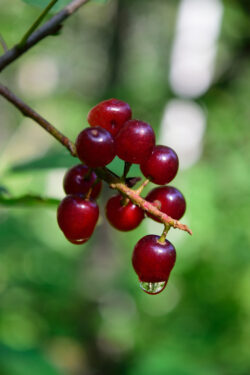
If you’ve grown up in Montana, you’ve surely had a chokecherry before and know how truly delicious they are. They ripen in late July and August, and are a main ingredient in many dishes of the indigenous cultures where they grow. You’ll know they’re ripe if they have a dark purple, black, or dark red shade. You can use them to make jelly, fruit leather, and even homemade wine!!
They’re a part of the stone fruit family, alongside wild cherries and plums!! Their seeds are spread by birds in the area, and luckily they come in clusters so they’re easier to pick! Check out Practical Self Reliance for more info on where you can find them, how to identify, and more!
MOUNTAIN SORREL
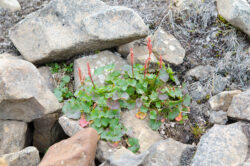
This little plant has raw and edible leaves, which you can chop up and cook in water with sugar to make a lemonade adjacent drink! Otherwise known as Oxyria digyna, Alpine sorrel or wood sorrel, this plant has plenty of neat features. It’s perennial with a tough taproot that grows to a height of 10 to 30 cm. They’re rich in vitamin C, are commonly used by the Inuit to prevent scurvy. Traditionally speaking, this plant was foraged and boiled with berries and salmon roe to make think little cakes.
You can’t eat a bunch of the raw plant, because it has a high level of oxalates, which will mess with your ability to absorb nutrients. You can identify them by their rounded green and purple leaves, with tiny red clusters of flowers shooting out of them.
DANDELIONS
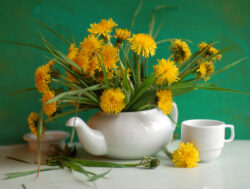
A weed you may just have in your back yard right now, dandelions make a spicy and bitter salad. You can eat every part of this plant, so when harvesting enjoy the entire thing! The leaves resemble arugula, and make great salads and sautéed dishes with the roots making lovely tea.
With this plant, it’s important to wash them thoroughly and ensure that nobody is using any toxic pesticides on them before you eat them. There’s also plenty of medicinal uses for this little yellow flower and plant! Dandelion is so easy and common to spot, that if you’re just getting into foraging. Check out Grow Forage Cook for more info on dandelions and foraging edible plants in general!
FERAL PLUMS
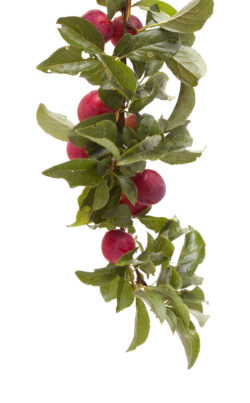
Wild plums can be eaten as a raw snack, but that snack will be very crunchy and tart. They’re small and purple, like a miniature version of the plums you may see in a grocery store. Often used in jams and jellies, sauces and syrups, plums really shine when they’re sweetened with sugars and other additives. However, if you’re really in a food crunch outdoors, they’re a great option for sustenance.
They’re scientifically known as Prunus americana, and contain large amounts of vitamin A, beta carotene, and potassium., They grow in prairies, woodlands, and river banks, and are very adaptable. Check out Specialty Produce for more information on how to forage them, and how to cook them!
PINE NUTS
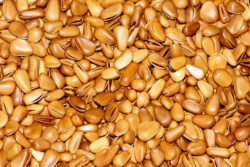
Locked inside the tough exterior of a pinecone, pine nuts are most readily available in the fall. And literally, they fall right to you. Birds and squirrels will be hunting for this one too, so the faster you can get to a fallen one, the better.
Toasting the pine nuts will enhance the flavor, and can provide sustenance along with many parts of the pine tree. Pine nuts contain lots of vitamin C and fiber! Check out Master Class to learn more about all of the edible parts of pine trees, because they’re quite diverse in snacks and very common in the Montana wilderness.